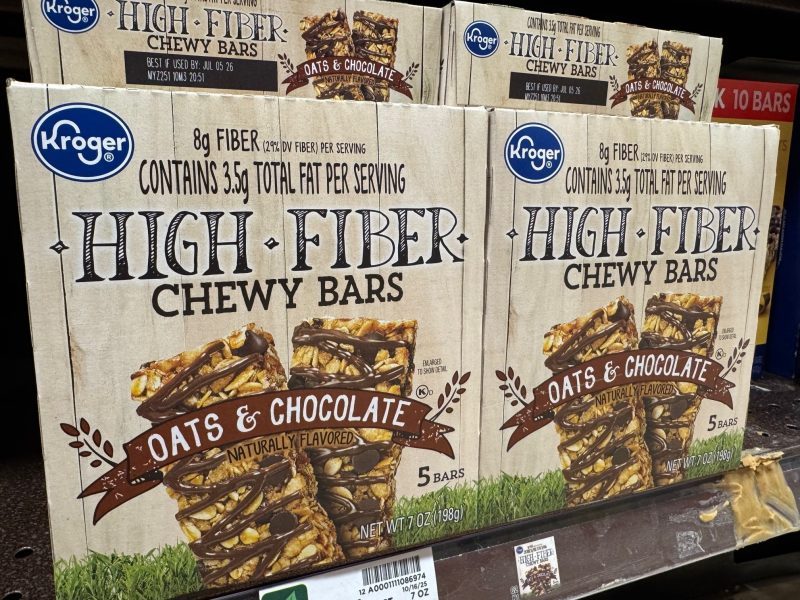A growing trend known as “fibermaxxing” is gaining traction among U.S. consumers, who are increasingly looking to enhance their diets with higher fiber content. This shift comes in the wake of a long-standing focus on protein-enriched foods, with health professionals now highlighting the benefits of dietary fiber for overall wellness.
Health experts emphasize the importance of incorporating sufficient fiber into daily nutrition. The Dietary Guidelines for Americans recommend a daily intake of 25 grams for women and 38 grams for men. Yet, many individuals fall short of these targets. According to the National Institute of Health, only about 5% of Americans currently meet their fiber requirements, prompting advocates to encourage the consumption of fiber-rich foods.
Understanding the Fibermaxxing Trend
Fibermaxxing involves the intentional inclusion of a variety of high-fiber foods, ranging from fruits and vegetables to whole grains and legumes, in daily meals. This trend is being partially driven by the increasing awareness of fiber’s role in gut health, weight management, and disease prevention. The American Heart Association supports this trend, noting that adequate fiber intake can lower cholesterol levels and reduce the risk of heart disease.
Despite the enthusiasm surrounding fibermaxxing, experts advise caution. Simply increasing fiber intake without proper hydration or gradual adjustment can lead to digestive discomfort. The Food and Drug Administration underscores the importance of balancing fiber sources and remaining mindful of one’s overall dietary habits when embarking on a fiber-maxing journey.
The Risks and Rewards of Increased Fiber Consumption
While the benefits of dietary fiber are well-documented, health professionals warn that individuals should approach fibermaxxing with care. Sudden increases in fiber consumption can result in bloating, gas, and other gastrointestinal issues. Experts recommend incorporating fiber-rich foods gradually to allow the digestive system to adapt.
Moreover, a diverse diet is crucial. Not all fiber is created equal; soluble fibers, found in foods like oats and beans, can help lower cholesterol, while insoluble fibers, found in whole grains, promote regular bowel movements. Striking the right balance is essential for optimizing health benefits.
In conclusion, as U.S. consumers embrace the fibermaxxing trend, they are encouraged to do so mindfully. Increasing dietary fiber can lead to improved health outcomes, but it should be approached with an understanding of individual dietary needs and preferences. With the right balance, fibermaxxing could become a significant aspect of healthier eating habits in the years to come.








































































